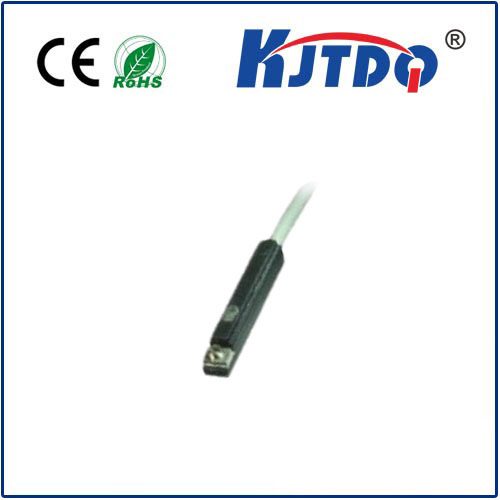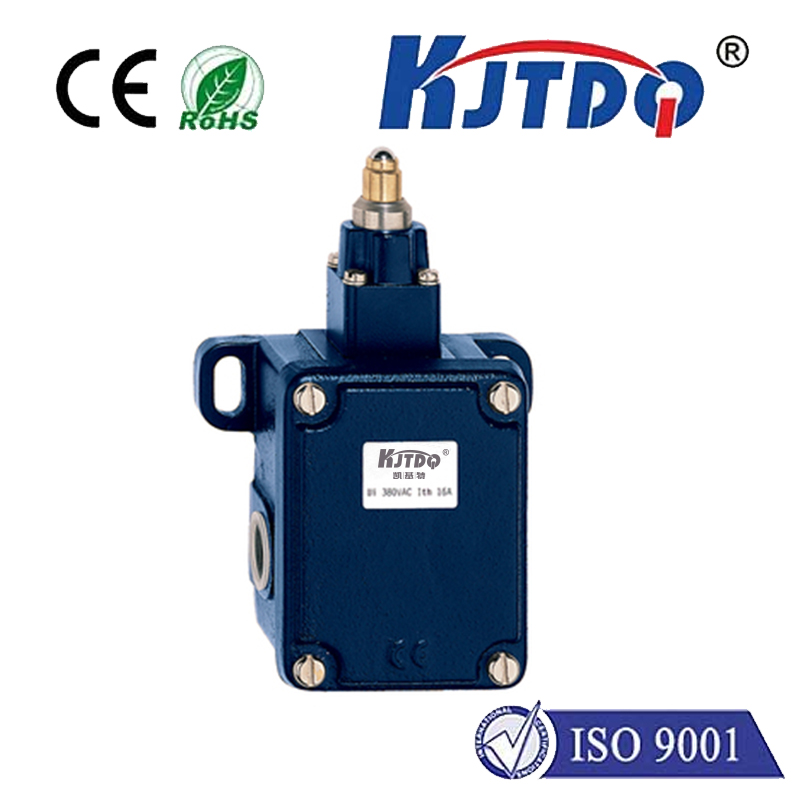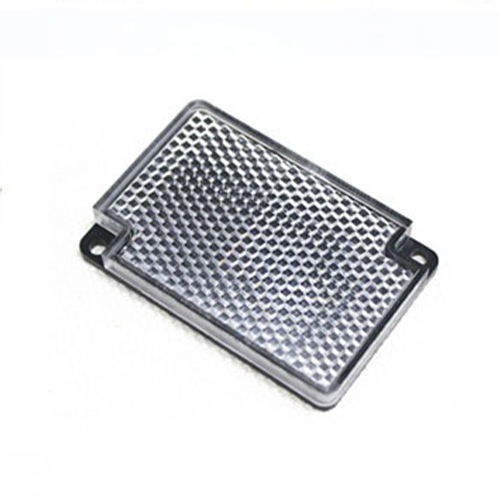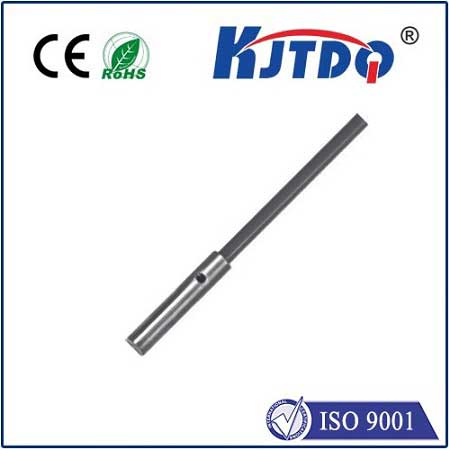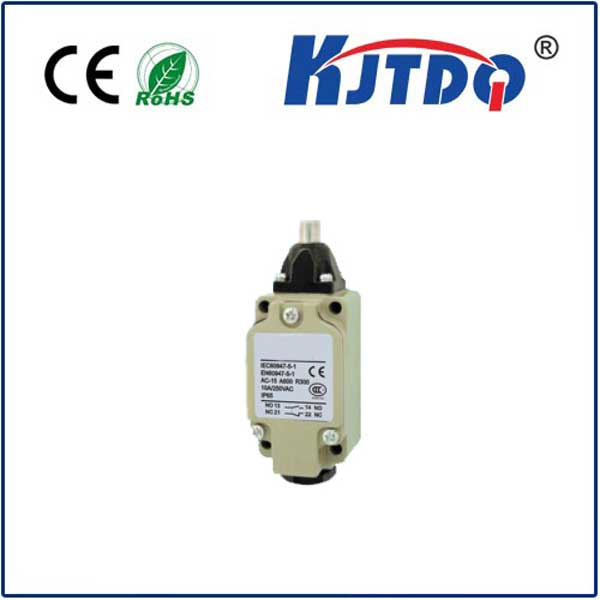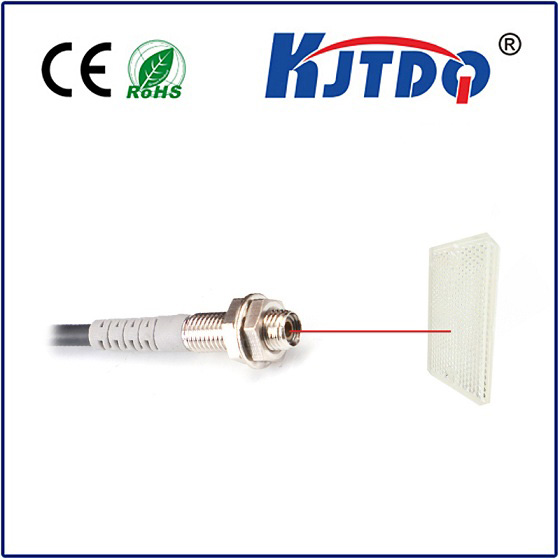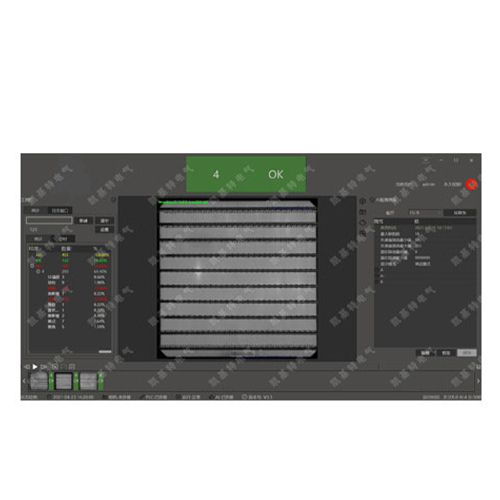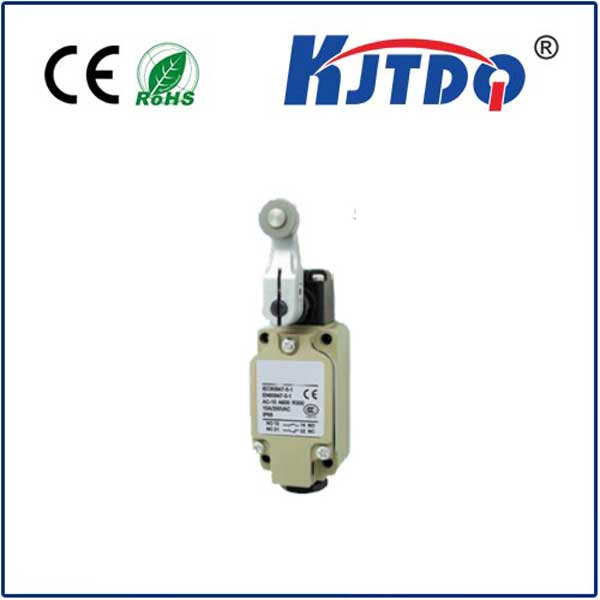

check

check

check

check

check

check

check

check

check

check
Exploring the Intricacies of Photo Sensor Reflector Technology
As we delve into the world of modern technology, there is one particular innovation that stands out for its unique capabilities – the photo sensor reflector. This cutting-edge device has revolutionized various industries, from photography and videography to automotive and security systems. Let's take a closer look at what makes the photo sensor reflector so intriguing and how it has transformed the way we capture images and process information.
The photo sensor reflector is essentially a device that uses advanced optical techniques to detect and analyze light patterns. It consists of an array of tiny lenses and mirrors, which work together to reflect light onto a photosensitive surface. The resulting image is then processed by sophisticated algorithms to extract useful data or create stunning visual effects.

One of the most significant advantages of the photo sensor reflector is its ability to capture high-quality images in low-light conditions. Unlike traditional cameras that rely on external lighting sources, the photo sensor reflector uses ambient light to produce clear, detailed images. This feature makes it an ideal choice for situations where natural lighting is scarce or non-existent, such as underwater photography or nighttime surveillance operations.
Another notable application of the photo sensor reflector is in automotive safety systems. Modern vehicles are equipped with advanced driver assistance systems (ADAS) that use cameras and sensors to monitor the surrounding environment and alert drivers to potential hazards. The photo sensor reflector plays a crucial role in these systems as it helps detect objects in the vehicle's path, even in challenging weather conditions or during rapid acceleration or deceleration.
In addition to its practical applications, the photo sensor reflector also offers exciting possibilities for creative expression. Artists and designers can use this technology to create stunning visual effects by manipulating light patterns and creating intricate reflections. For example, stage designers can use photo sensor reflectors to project dynamic images onto surfaces, enhancing the overall visual experience for audiences attending concerts or theater productions.
Furthermore, the photo sensor reflector has found a niche in the field of scientific research. Scientists can use this device to study various phenomena related to light, including diffraction, interference, and polarization. By analyzing these properties, researchers can gain insights into the behavior of light waves and develop new technologies based on their findings.
The photo sensor reflector's potential extends beyond our current understanding and imagination. As technology continues to evolve, we can expect further advancements in this field, leading to even more innovative applications across diverse industries. From improving safety standards in transportation to pushing the boundaries of artistic expression, the photo sensor reflector's impact on society will undoubtedly be significant.
In conclusion, the photo sensor reflector represents a remarkable achievement in optical engineering that has already had a profound impact on various aspects of our lives. Its ability to capture images in challenging environments, enhance automotive safety systems, inspire artistic creativity, and aid scientific research showcases the vast potential of this groundbreaking technology. As we continue to explore the possibilities of the photo sensor reflector, there is no doubt that it will shape the future of many industries and change the way we interact with light forever.
